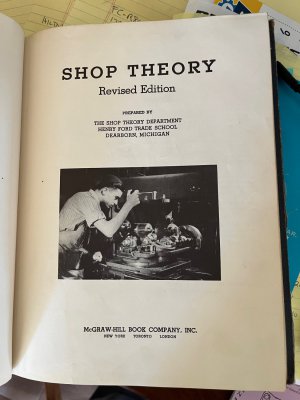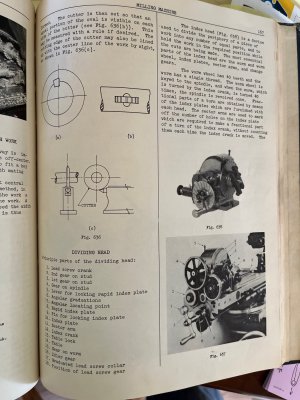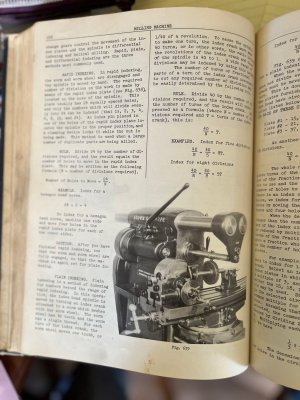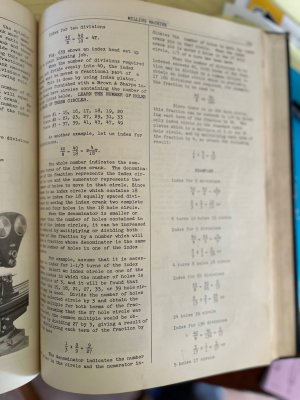- Joined
- Dec 25, 2017
- Messages
- 141
I thought I’d offer up a rotary table and an indexing head for discussion. That is, if they are at all interesting.
I got these from my father about 12 years ago. He had them in his backyard shop in the San Diego area since my childhood. I recall using the index head as a teenager, round about 1976. I was attempting to make my own bicycle wheel hub with a one-piece turned aluminum outer shell and sealed bearings. I had the lathe work finished and was very happy with the result. The next step was to drill the left and right flanges for spoke holes. A 32 spoke wheel would need 16 evenly spaced holes on each side. I set the index head for 16 holes and drill one side. Pulled it off the mill and counted 15 holes!! Scrapped the part because I did not run a test, marking where the holes would have gone. Rookie error. I was so disappointed in myself that I abandoned the project.
The dividing head is from Ellis in Alhambra, CA. It has a 5-inch 3-jaw chuck marked “The Cushman Chuck Co.”
The rotary table is an 8-inch diameter with “Palmgren” in the casting.
Both can use a clean-up but are otherwise in good condition.
I got these from my father about 12 years ago. He had them in his backyard shop in the San Diego area since my childhood. I recall using the index head as a teenager, round about 1976. I was attempting to make my own bicycle wheel hub with a one-piece turned aluminum outer shell and sealed bearings. I had the lathe work finished and was very happy with the result. The next step was to drill the left and right flanges for spoke holes. A 32 spoke wheel would need 16 evenly spaced holes on each side. I set the index head for 16 holes and drill one side. Pulled it off the mill and counted 15 holes!! Scrapped the part because I did not run a test, marking where the holes would have gone. Rookie error. I was so disappointed in myself that I abandoned the project.
The dividing head is from Ellis in Alhambra, CA. It has a 5-inch 3-jaw chuck marked “The Cushman Chuck Co.”
The rotary table is an 8-inch diameter with “Palmgren” in the casting.
Both can use a clean-up but are otherwise in good condition.
Attachments
-
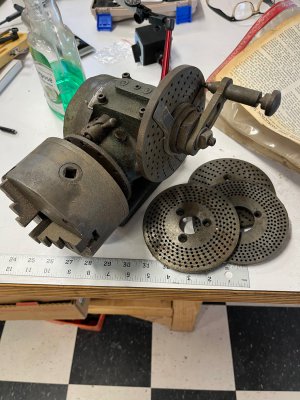 IMG_1816.jpeg335.8 KB · Views: 45
IMG_1816.jpeg335.8 KB · Views: 45 -
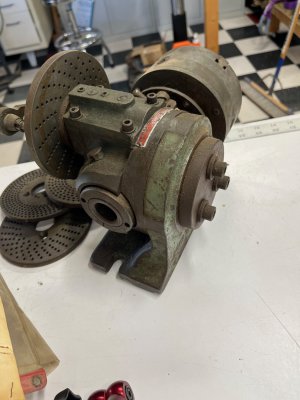 IMG_1821.jpeg231.6 KB · Views: 45
IMG_1821.jpeg231.6 KB · Views: 45 -
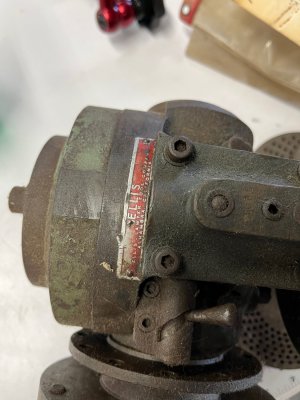 IMG_1817.jpeg285.5 KB · Views: 42
IMG_1817.jpeg285.5 KB · Views: 42 -
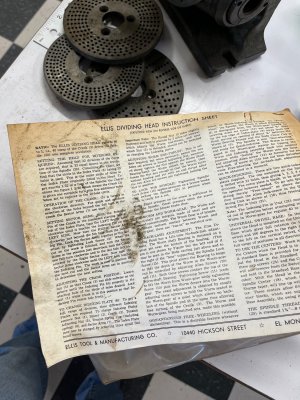 IMG_1818.jpeg487.1 KB · Views: 38
IMG_1818.jpeg487.1 KB · Views: 38 -
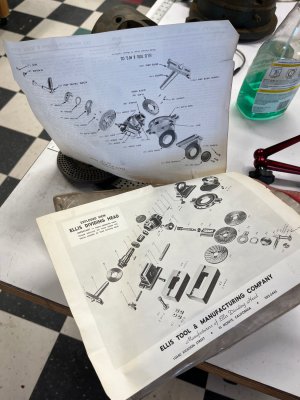 IMG_1819.jpeg261.8 KB · Views: 33
IMG_1819.jpeg261.8 KB · Views: 33 -
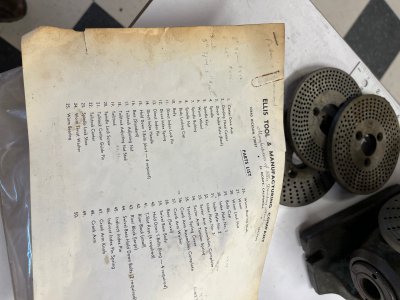 IMG_1820.jpeg403.4 KB · Views: 34
IMG_1820.jpeg403.4 KB · Views: 34 -
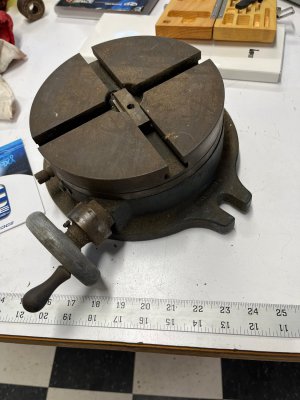 IMG_1814.jpeg269.9 KB · Views: 34
IMG_1814.jpeg269.9 KB · Views: 34 -
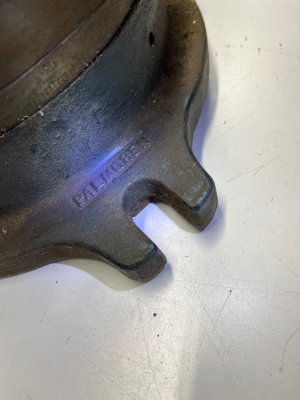 IMG_1815.jpeg264.1 KB · Views: 31
IMG_1815.jpeg264.1 KB · Views: 31 -
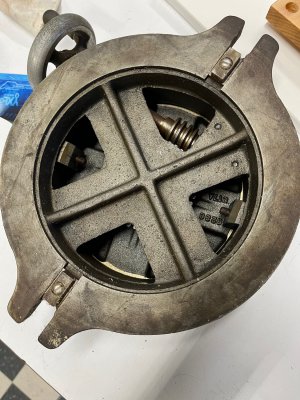 IMG_1813.jpeg469.4 KB · Views: 40
IMG_1813.jpeg469.4 KB · Views: 40


